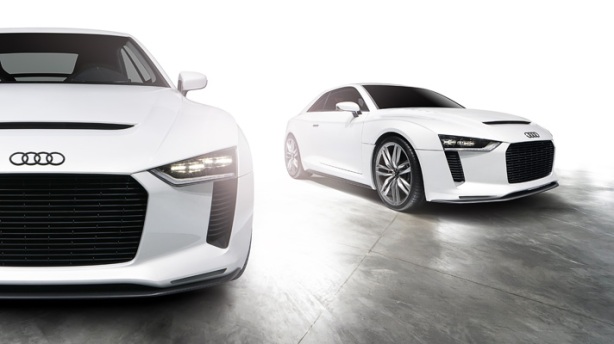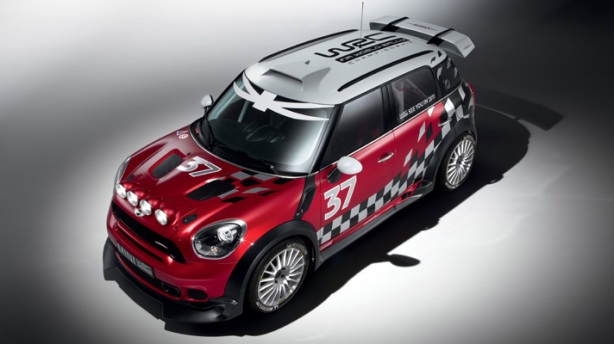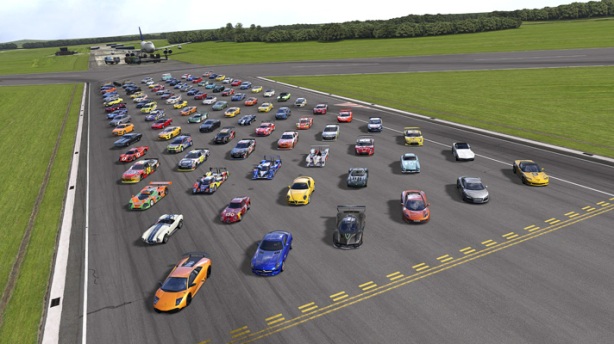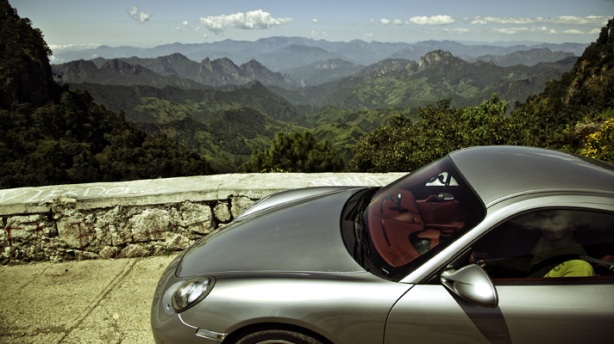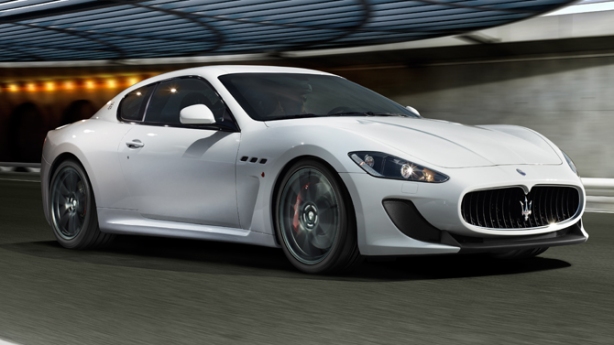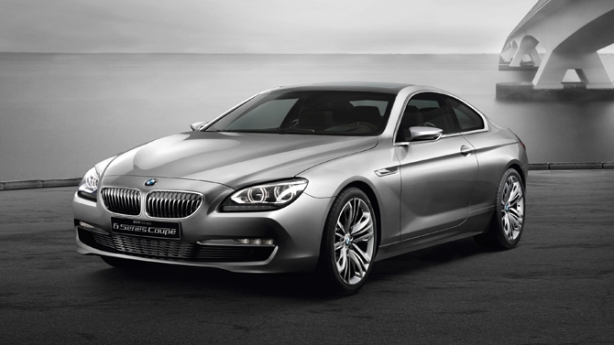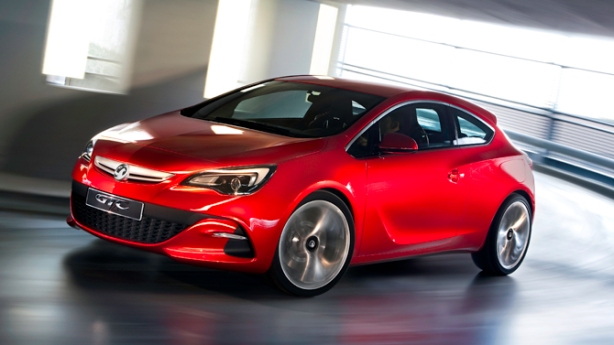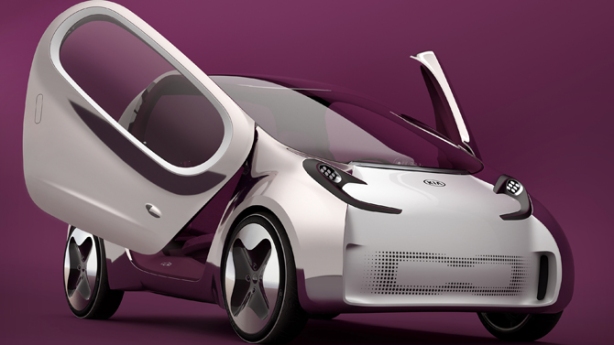from 09|2010

Snowdonia looks like Middle Earth. From our mountainside car-park base close to Capel Curig – officially the wettest place in Wales, which is no mean feat – we watch as great tracts of cloud roll in off the Irish sea. We have no option but to take shelter as the weather gets unseasonably medieval on our asses.
Except that conditions like these really up the ante. In that same remote car park sits a Ferrari 458, a Lambo Gallardo Superleggera, a Porsche 911 GT3 RS, a Merc SLS AMG, and a Lexus LFA. (There’s also one of those hideous Hymer RVs with a German couple inside, but we’ll leave them out of this.) That’s some collection of cars, 2010’s finest. It’s also a total of 2,713bhp, a fair few thousand kilograms of aluminium, carbon fibre and expensively reinforced plastic, a combined top speed north of 1,000mph (they’ll all do 200mph or close to it), and near enough a million quid’s worth.

Here we go then. Time to pop the necessary brave pills and just get stuck in, evil weather or not. One road, instant impressions – sometimes it’s the best way. There are mountains, rocks, sheep and for all I know an army of vengeful orcs waiting to hurl flaming tar at me. This particular road, the A4086, is irresistible though. Freshly resurfaced, there’s definitely grip to be had out here. And even with the sheets of rain and the curlicues of spray, there’s enough forward visibility to plan ahead properly like police driving instructors insist we do. But even so.

The 458 Italia is the latest so-called ‘small’ and ‘affordable’ Ferrari. It costs £169,000, so in reality it’s about as affordable as a Bahamian island. But it is still relatively small. It’s also still mid-engined, and having recently spent some time reacquainting myself with its mid-Nineties forebear the F355, I know that small, mid-engined Ferraris are utterly bewitching right up to the moment they stop being bewitching and try to do you in. Especially if it’s wet.
But the 458 might just be the cleverest car I’ve ever driven. The 458 kisses goodbye once and for all to the old-school, ‘organic’ Prancing Horse, to the lingering idea that when you buy a Ferrari you’re paying for the engine, for the toil of some Italian artisan, and the rest of it is a bonus.

Not here, it isn’t. This is a seriously high-technology car, a deliberately, unapologetically complicated bit of kit engineered by men with vast IQs. Its chassis electronics, aerodynamic refinements and incredible carbon-ceramic brakes will see you down a treacherous Welsh mountain road in a way that’ll pump the blood round your body faster than anything this side of base-jumping off a Shanghai skyscraper. Honestly.
It’s been said that the 458 Italia is the first truly digital supercar, and if, say, you still prefer vinyl records to CDs or MP3s, then that’s probably a bad thing. But when I overcook one particular corner, I can sense the electronic differential and traction control effortlessly compensate for my cack-handedness.

Really, I should be picking bits of orc tar and sheep out of my hair at this point. No question, Ferrari has absolutely nailed the network of electronics that keep things sweet, finding traction where there isn’t supposed to be any and juggling braking forces. The 458 is nothing less than a major step forward in the evolution of the car. Its lightning-fast, two turns lock-to-lock steering takes some getting used to though. It majors on accuracy rather than feel.
For the next hour or so, the other four get tested over exactly the same stretch. It’s one of the best and most illuminating hours of my life. My God, these cars are good. Amazing, in fact. And all very, very different in their approach to the common goal of going like the clappers.

The Porsche’s semi-slick Michelin Sport Pilots clearly aren’t, er, optimised for these sorts of conditions. But a soggy road like this doesn’t so much compromise the GT3 RS as bring into sharp focus what it can do: which is to connect you with what’s passing beneath those four bits of rubber more intimately than any of the others, filter the information in the most stupendously interactive way. Its steering is perfectly alive: exquisitely weighted, linear, communicative.
It’s also the only one with a conventional manual gearbox, perhaps the truest driver’s car of the quintet. Give me this sort of 911 any day over the arcade-game-slick PDK version. It’s classic 911 remastered, a defiantly analogue counterpoint to the Ferrari. But still highly evolved.

As Pat Devereux observes at one point, “it’s as hi-tech as any of the other cars, you just don’t always realise.” He’s right, but hook up a string of corners, maximising entry and exit speeds and getting your line just right, and you can feel the breath of genius on the back of your neck.
The Porsche is genuinely spine-tingling. Maybe because it’s the one you’d least want to make a mistake in. You have to concentrate pretty hard in the Porsche. This is a good thing for the soul.
The Lambo isn’t the same immediate fit. The Superleggera is awkward to sit in, awkward to see out of, and is starting to feel its age. But even in stripped-out form (it weighs an impressively lean 1,340kg), its stability and sense of purpose is incredible.

Without putting a stopwatch on it, it feels like the one that’s fastest and most sure-footed on this road, even if it lacks the Ferrari’s ferocious electronic intelligence. Its turn-in, and the amount of grip you can find in it, and the way it communicates its findings to you, is beyond exhilarating. The fastest, then, in a massively rapid bunch of cars, as well as the most reassuring. Not bad for a lightweight Lamborghini, of all things. This thing is the polar opposite of flakey.
The SLS feels like a muscle car; it’s loud, very firm, and doesn’t change direction with the immediacy of the others. It feels unrepentantly German, a big sausage alongside the more lip-smacking Italian salami.

There seems to be an awful lot of car in front of you, and not much behind, which makes it an interesting vehicle to place on the road. Right now, it feels like a heavier, blunter instrument. But it’s also more of a long-legged GT than the others, and this short blast, point-to-point exercise doesn’t show it in its best light. I suspect it’s the one for the long drive home. Perhaps even the best all-rounder, too.
The Lexus, on the other hand, is almost too sharp. It skitters about more than any of its rivals, needs a careful hand on the wheel and a quick brain on the job, even with its traction control switched firmly on. As I concluded when I drove it at the Nordschleife last autumn, the 560bhp, V10 LFA is probably the maddest car ever to come out of Japan, and definitely the craziest product to emerge from the company that brought us the Prius. I’m loving the Lexus.

Back in the car park, the weather now seems to be going in reverse. A stern wind has dissipated the rain, and a little vortex of air is blowing a polystyrene cup around us repetitively like the plastic bag in that famous scene in American Beauty. It’s getting brighter rather than darker, too, but still, the Hymer couple must be reviewing next summer’s travel options. Death Valley, maybe.

At least they have what must surely be 2010’s five most compelling-looking cars to distract them. I’m still buzzing from my rapid-fire drive, but it’s time to get a proper handle on these things. Pat D dismisses the LFA as a mutant Supra, and the truth is that this is an eternally gestating motor-show concept car that nearly didn’t make it out of the starting blocks at all. But it’s also the number one crowd-stopper and though not all the people we speak to like it, everyone wants to know what it is. And then they all want to know how much it costs, and are naturally rather surprised to hear that it’s 340 big ones. Lexus will lose money on every carbon-bodied LFA it sells, which only underlines the madness at work here.

Its interior is also remarkable. It’s sensationally well made. It has easily the best door handles and indicator stalks I’ve ever used, and the dials in the instrument display are powered by tiny motors and so glide across the binnacle in the most gloriously pointless way. The LFA’s centre console is a wonderful aluminium slab, a gleaming, retro-futuristic edifice with a little joystick that moves a cursor round on a screen. This is brilliant fun but also utterly hopeless on the move, and the reason why I almost drive the car into a kerb while trying to find Ken Bruce’s Popmaster on Radio 2.

Thanks to its doors, the SLS runs the LFA a close second for crowd-pleasing. At least Mercedes has some moral right to gullwing doors, and over the course of our few days with it I never get bored just getting in and out. Although, as Jeremy says in his SLS feature, anyone who’s less than 6ft 2in might find the novelty less enduring unless they remember to pull the door shut after them as they get in. (And anyone who’s over 6ft 2in will need to grow an impact-absorbing Afro to avoid bumping their head on the bit of the door that eats into the headlining.) The rest of it is familiar high-end Merc product: resilient leather and plastics, simple interfaces, great to use but arguably a little soulless.

The Lambo is the least friendly to be in. The driving position isn’t very good, the view ahead letter-box slender, and the fixed carbon-shelled bucket seats are hard work at first. The carbon-skinned door clangs shut like a race car’s, and there’s thinner glass on the windscreen and side windows, and Perspex on the rear-quarter windows. Yes, it skims weight off, and it feels lean. But a bit mean too. And old. Why does this car suddenly feel old? Pat again: “About 80 per cent of the people who’d buy the Lambo would be doing it for other people’s benefit. With the Porsche, it’s probably the other way round.”

It says something that, despite the daft decals and the huge wing, the Porsche is practically invisible in this company. I love the fact that you can swap the enamel bonnet badge for a sticker, and you just know that no one goes about weight reduction like these guys. There’s a titanium silencer and a single-mass flywheel which has now been lightened to the point where it weighs almost nothing at all. (It rattles like a bag of old nails at idle, too, but we’ll let that go.) Yet the 911’s Michelins have tall enough sidewalls to make it surprisingly compliant.

Inside, the current RS diet means no aircon and no stereo – when I got into it at home before setting off, I spent 10 seconds searching for an iPod connection before I realised there was no bleeding stereo to connect it to. (I will eventually drive 630 miles in this car in three days. Personally, I’d have aircon and a stereo in my GT3 RS, and swallow the 0.007 of a second or however much those bits blunt the car’s performance by. After three days and 630 miles, boy did I miss Ken Bruce.)

Let’s get back to the Ferrari. The 458 is the most obviously pretty Ferrari since the F355 in 1994, and raids the best back catalogue in the business without looking remotely retro. There’s all sorts of aero work on the 458 – a big rear diffuser, flexible aero-elastic winglets upfront – without the need for showy spoilers like the Porsche’s and Lambo’s (the Lexus and AMG both have devices that hove into view at 70mph). This technically astonishing Ferrari also manages to be true to its maker’s reputation for beauty.
If the car’s dynamics have been taken to new levels by electronics, the 458’s cabin has been similarly re-imagined. Not quite as successfully, in my view. The quality inside is excellent, with beautiful leatherwork, and gorgeous snake-hipped seats. But though the interior ergonomics ape the multi-functionality of modern F1 cars, this might not be an entirely good thing.

I love the strip lights that mirror the engine revs along the top of the wheel, and there’s no arguing with the manettino or the engine start button. But the indicator switches are a literally on/off, hit-and-miss affair, and the wiper and light buttons – they’re all on the wheel somewhere – are confusing. As is the sheer volume of stuff that’s going on in the media and info pods either side of the steering column.
Still, the F430 was criticised for the paucity of interior content, so we shouldn’t kick its replacement for having too much (though charging £540 for an iPod connection is a bit rich. Indeed, a trawl through the Ferrari options book could reduce a grown man to tears. In fact, prepare yourself for pain if you go options shopping for any of them).

Not that the baubles matter. Because what unites all five of these cars is the astonishing completeness of their engineering. Their engines alone are worth the price of admission. Work your way through the 458’s sublime dual-clutch gearbox – instant, seamless shifts with just enough mechanical grit built into it to keep the analogue purist happy – and even changing up early is a satisfyingly meaty process. The exhaust makes that brilliant Ferrari ‘bwap’ noise. But hunt for the redline in second, third and fourth and keep an eye on that wheel strip light, and the 4.5-litre V8’s appetite for revs is unbelievably addictive.

Personally, the 430 Scuderia’s harder, more F1-influenced character still has the edge for me, but the 458 is thrillingly close and it’ll flip into cruise-home mode in an instant. In fact, it’s so torquey it’ll pull in seventh gear from under 40mph. It’s a devastatingly good car even at 70mph on a busy motorway, yet almost as fast as an Enzo everywhere else, with an even more sophisticated chassis. Ferrari’s current rate of technological progress is off-the-scale.

The 458 is just so complete, which is an unusual thing to conclude about a Ferrari. But then, the SLS – with its wonderfully savage 6.2-litre, hand-built AMG V8 and eye-popping looks – is a hugely charismatic car to be around. The Porsche has the authenticity, a soaring race-car character and a beautiful, gutsy, free-flowing engine. The Lamborghini corners the hardest of all, is massively confident, and gigantically, hilariously fast. The Lexus is mad as a brush, but its 4.8-litre V10 runs the Ferrari’s V8 very close indeed for high-revving thunder. Yes, you read that right: a Lexus engine that’s close to Ferrari good.
That’s the class of 2010. Seriously, the best ever. The best ever.


